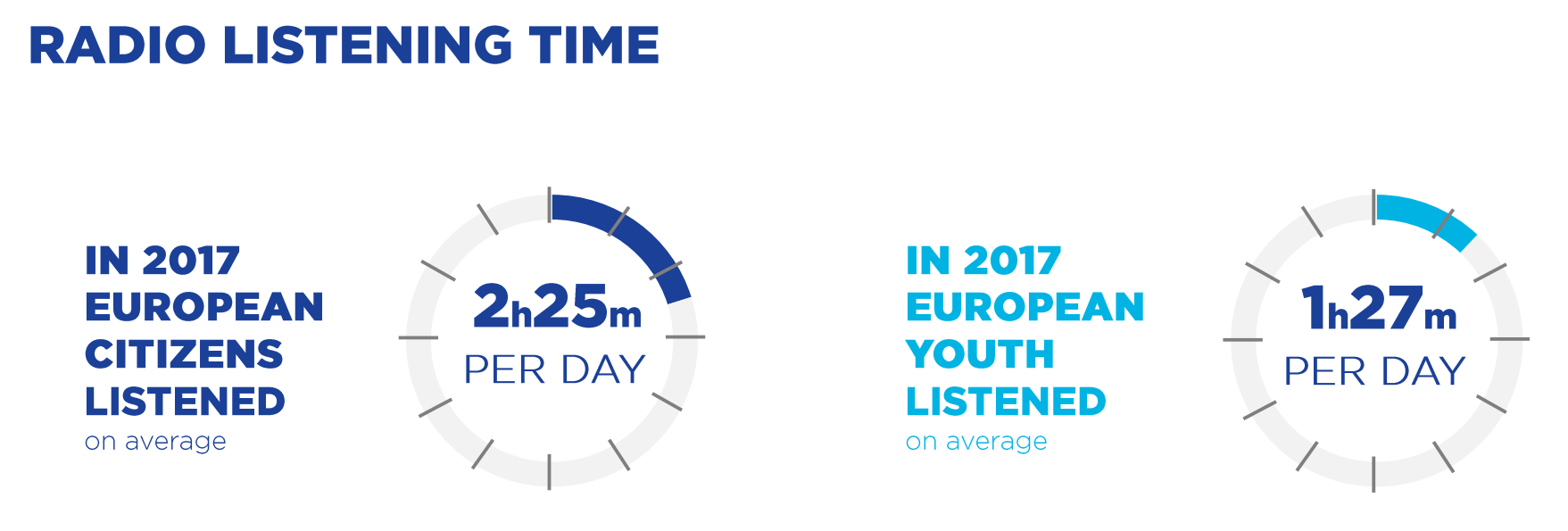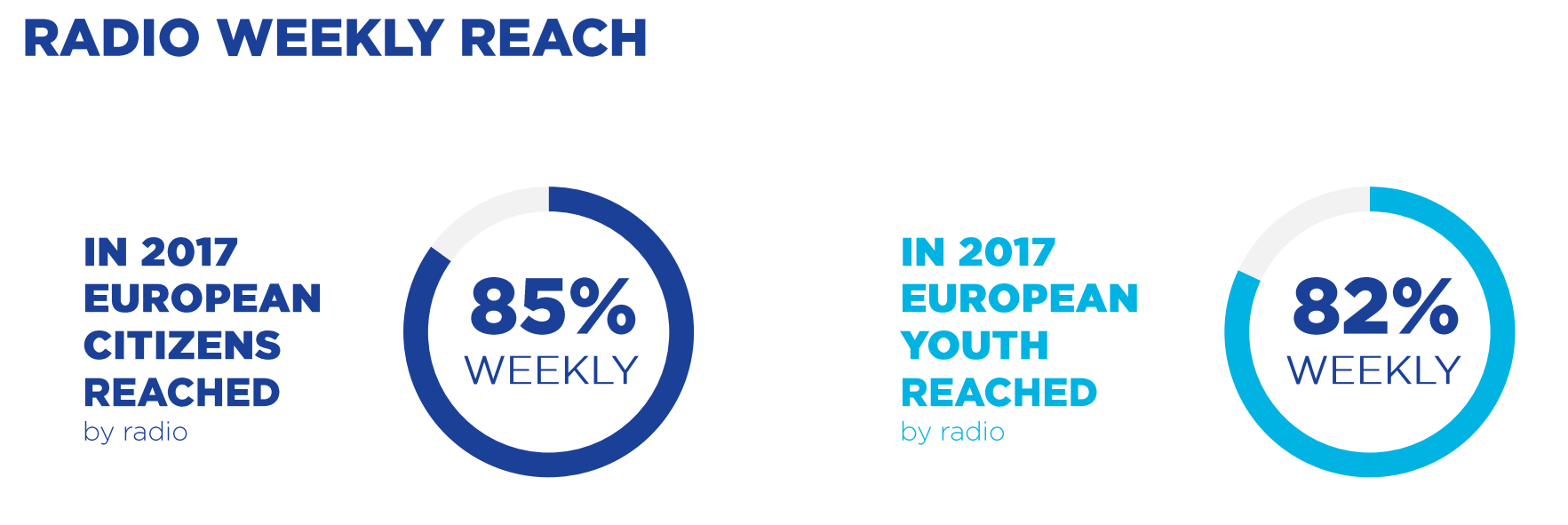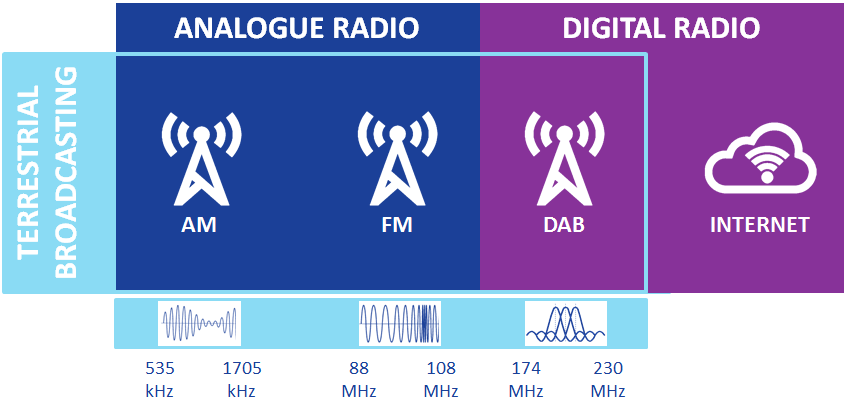
Digital Radio is the delivery of radio content using digital technologies. It includes both digital broadcasting technology (like DAB/DAB+) and the streaming of radio services over the internet.
This is the reason why digital radio is much more than a distribution technology, it is should be rather considered a holistic process to modernize radio. In this process, distribution technology, user experience, and content become equally important.
The goal is to enhance radio proposition without dismantling its very nature.
Radio core values
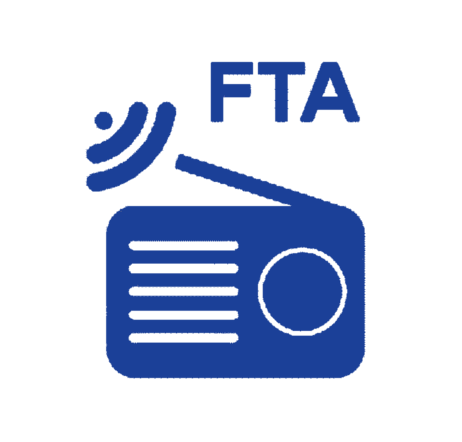 |
Free-to-air contentTerrestrial Radio plays a crucial role in most societies around the globe. Universally available and free at the point of use, it is the primary destination and reference point for audio delivery, providing audiences with news, music and information. Across Europe, citizens welcome and recognize the value of radio, listening to an impressive 2:24 hours of radio each day. |
|
 |
ResilientThe terrestrial broadcasting network is resilient during natural disasters, national emergencies and when mobile connectivity is restricted, for instance following a terrorist incident. It is a vital asset in keeping the population informed in emergencies or when public safety is endangered. This highly significant role of radio is endorsed by the ITU, which underlines its relevance for public warning, disaster mitigation and relief in the Report ITU-R BT.2299-0. |
|
 |
UniversalPublic service broadcasters reach a wide public. Radio reception is always possible, both in cities and rural areas. In 2015, radio reached 85% of European citizens weekly,
|
Key reasons for digital terrestrial radio
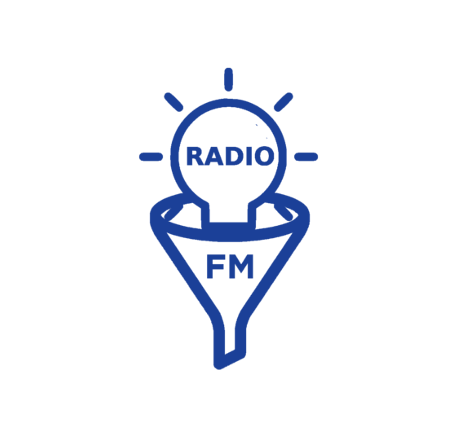 |
Analogue radio is a bottleneck to innovationTerrestrial Radio’s evolution can only happen provided that adequate frequency resources are made available. |
|
 |
Cost efficiencyDigital terrestrial transmission is more efficient but still less expensive. The operational expense to run a digital radio network is of the same order of magnitude of the equivalent analog radio network. |
|
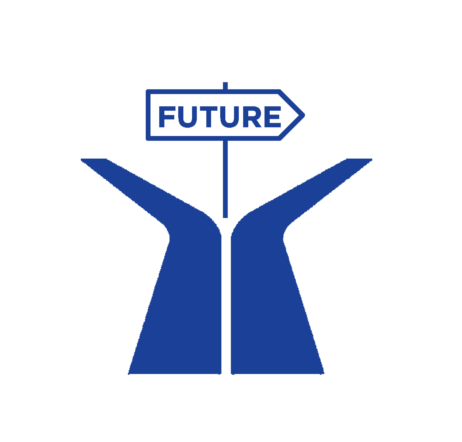 |
A path to the futureRadio audience trends show a growing appetite for personalized audio consumption on a number of different devices. |
EBU Strategic Programme on Radio
The topic of Radio is part of the EBU's Strategic Programme on Radio
Main activities:
- Helping members create a strategy for moving to Digital Radio
- Representing member interests in international fora and lobbying for the interest of public service media
- Helping to develop open standards for Digital and Hybrid Radio
- Create tools and platforms for members to use to enhance their offering with Digital and Hybrid Radio technologies (e.g. Our RadioDNS Open Metadata platform and Visual Contentmanager).
- Organise the Radiohack community with events and initiatives.
Join us
If you are interested in Radio, join our group on this topic and participate in the discussions. Please note that this group is currently open to EBU members only, although we may invite external contributors.
Digital Radio standards
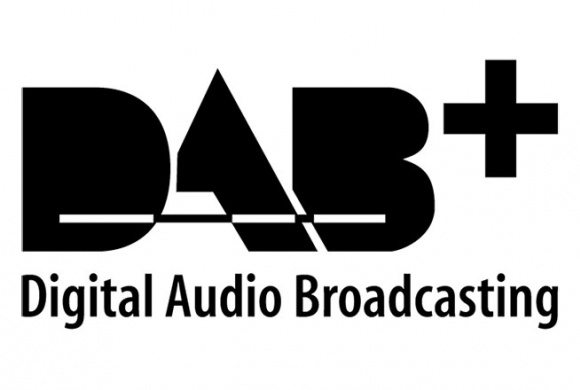 |
DAB/DAB+The DAB family of standards have designed as a digital radio solution for band III, especially robust for mobile applications with capacity for carrying a wide variety of audio and associated multimedia services. Audio and data services are carried in a multiplex, with each multiplex broadcasting on a single block within Band III. Data services can include Programme Guides, Visual Slideshows, TPEG traffic data, and a number of others. DAB+ uses HE-AACv2 audio, and can deliver improved quality at a lower bitrate, and thus leave more room for additional services on a multiplex. The EBU recommends that broadcasters implement digital radio broadcast using DAB+, alongside RadioDNS Hybrid Radio services. |
|
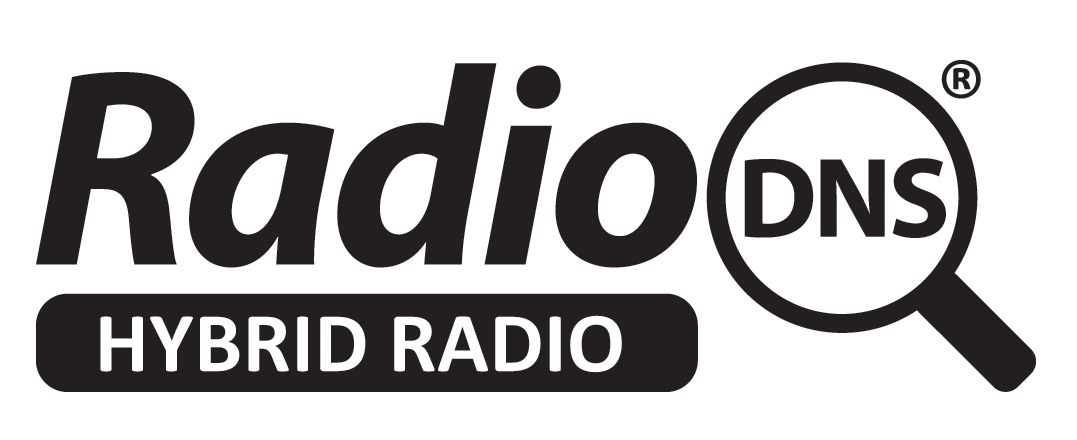 |
RadioDNSHybrid Radio is of key importance to broadcasters, given a convergence of broadcast and broadband - improving the radio user experience by making the best of both approaches. In this scenario, broadcast networks efficiently deliver the content to listeners, free-to-air whilst an available broadband connection can add additional or higher quality content to enrich the experience, offer interactivity and enable personalisation. The EBU is currently working actively in Hybrid Radio to develop standards and services for its members, alongside RadioDNS. The EBU RadioDNS Manager is provided as a service to its members in order to provide the ability for broadcasters to reach further with Hybrid Radio. Learn more about this on its webpage on EBU.io |
|
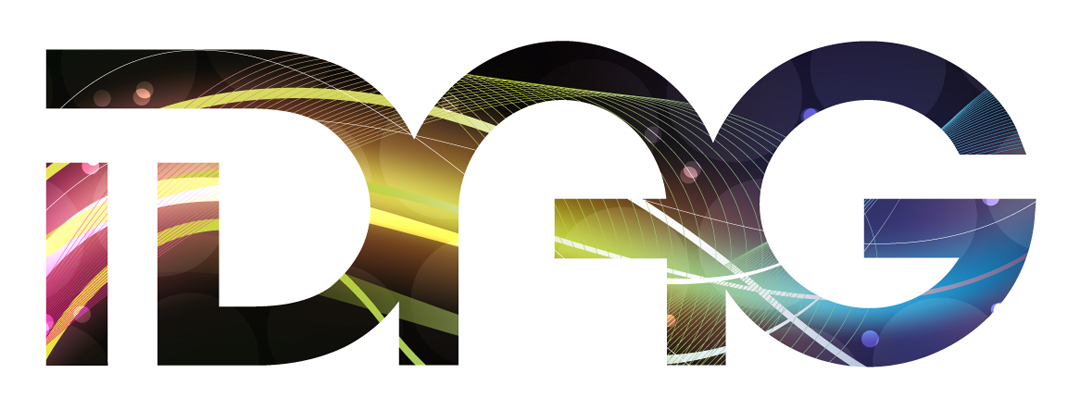 |
OMRI (Open Mobile Radio Interface)The goal of this project is open an API to mobile phone tuner functionalities, enabling developers to easily integrate broadcast reception in their applications:
Visit the OMRI webpage on EBU's github. |
|
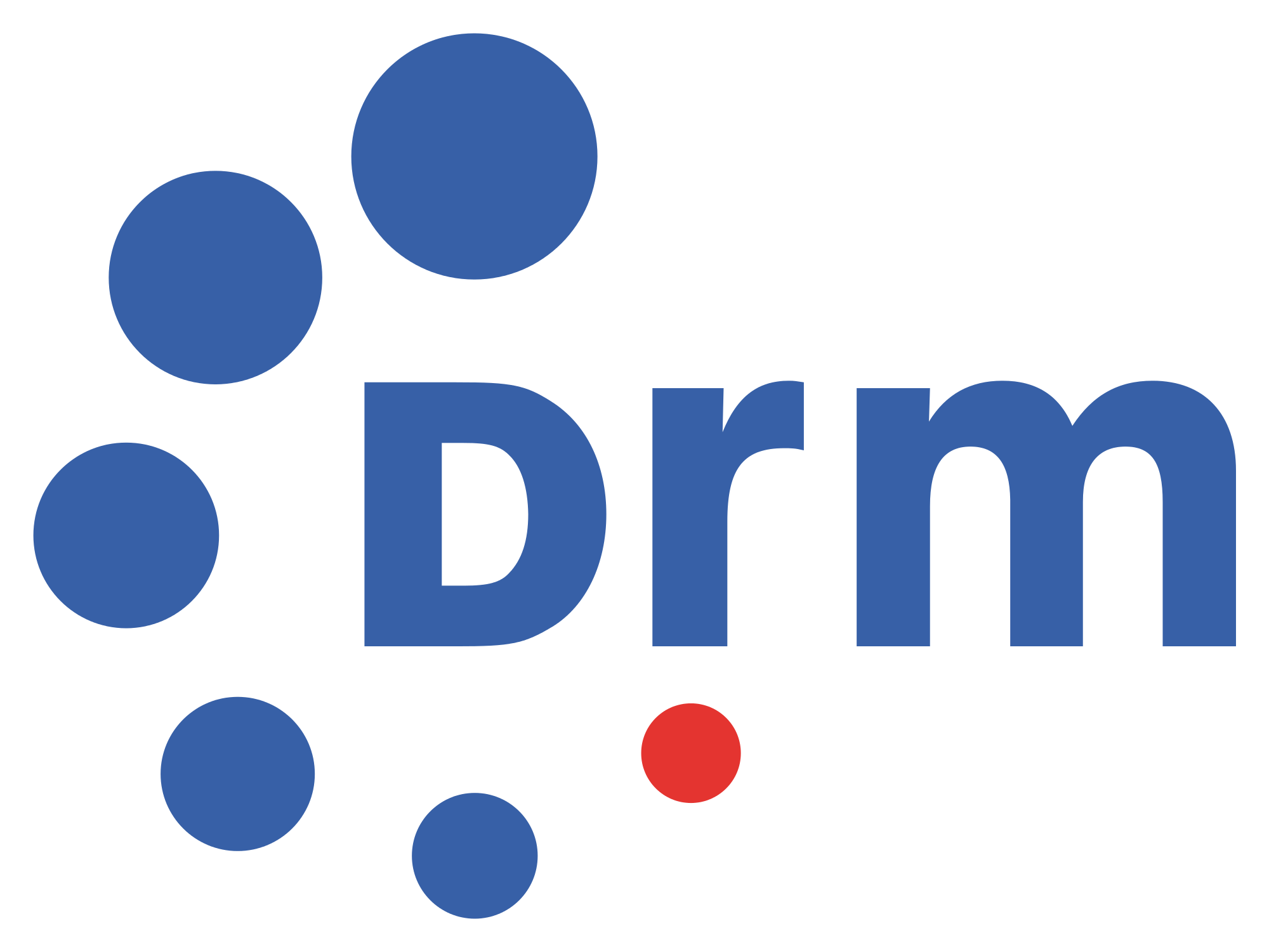 |
DRMDigital Radio Mondiale (DRM) has been designed as a digital radio solution for bands currently used for analogue service (LW, MW, SW) offering an improved audio quality and easy tuning while keeping the advantage of a large coverage area with few transmitters. DRM+ is an extension to DRM in Bands I, II and III with increased bandwidth, enabling enhanced audio quality and multimedia. |
Digital Radio Rollout
EBU R 138 - Digital Radio Deployment in Europe, recommends that, Digital radio broadcasting in VHF Band III, where it is available, be established and DAB+ (ETSI TS 102 563) audio services be used for new services.
DAB/DAB+ radio is gaining consensus and momentum in Europe and as shown in the map below, in fact, the number of European countries rolling out the technology is consistent and increasing.
|
Digital leaders are the countries at the forefront of digital radio according to most indicators, including extensive coverage, expanded offer of new services, advanced legislation and regulation, including criteria and sometimes even dates for the switchover. |
||
|
Digital embracers are those countries where DAB+ has been launched nationally, with exclusive services (different from analogue broadcasting). Receivers are on the market, promotion campaigns are being run and penetration is growing (at various rates). |
||
|
Digital newbies are those countries that have recently launched DAB+ services, with exclusive stations but limited coverage (specific cities or regions) and limited or no commitment from some stakeholders. |
||
|
Wait-and-see describes those countries where regular digital radio services or trials are available but there is nearly no market because of a lack of receivers and, generally, a lack of commitment from the various stakeholders (this can be seen, for example, in the lack of exclusive services). |
User experience
Radio user experience has historically been one of the key elements that made radio extremely popular. Simple, direct, accessible.
While listeners’ requirements and expectations have been changing over the years, supported by new devices and distribution technologies, radio has only partially exploited the opportunities that these new technologies offer.
Open.radio
The open.radio project aims to help redefine the concept of radio, modernize it and make it fit for the future.
The project has four objectives:
- Modernize the radio user experience.
- Guarantee prominence of radio across devices.
- Facilitate and foster innovation
- Minimise the need for gatekeepers
This can be achieved by the creation of an Open Platform for Hybrid Metadata, as a collaboration with stakeholders, creating a reference platform for high-quality additional user services.
The project focuses on three areas, interactivity, adaptability and accessibility.
Interactivity
One of Radio’s original unique selling points was its simplicity. Finding a station involved turning the radio on and scanning the available frequencies.
While this principle largely still holds, the additional complexity of modern receivers means that this is no longer the simple operation it once was, nor a rich enough user experience compared to audio services elsewhere.
To do so open.radio will deliver:
- a report on additional interactivity that should be at the core of the modern radio experience, and how it could be implemented in a consistent and intuitive way.
For example, these operations will include how listeners can find the content using voice or intuitive touch commands, search station by name or genre, the presentation of onair metadata such as rich track information, how to mix linear and non-linear content, etc.
Adaptability
The user experience of radio will need to continue to evolve and keep pace with audience expectations.
This can be achieved through the use of a consistent, standardized set of APIs that can be integrated into new devices and applications, providing the data that is needed for new user experiences.
To do so open.radio will deliver:
- an Open Hybrid Metadata Platform containing all necessary information to enable additional interactivity
- an Open API for third party devices and applications to make use of this information
This platform will be agile and extensible, and able to accommodate new use cases and services.
Accessibility
The power of radio is its direct connection between broadcast and listener, with no intermediary.
In the analogue world, this meant broadcasting on a particular frequency. In the modern connected world, this means providing the means for a listener to discover the content they are looking for, without having to use a single aggregator or gatekeeper.
To do so open.radio will deliver:
- retain the accessibility of traditional broadcasting, including equitable and free-to-air access to all radio services.
- use open, freely available, international metadata standards
Where did the radio button go?
The evolution of car entertainment systems means that radio must fight to retain its pre-eminence for media audiences. Gwen Niehues, who manages automotive...
EBU highlights need to maintain resilient mix of media distribution infrastructures for times of crisis
The EBU calls on national regulators and public service media to maintain multiple media distribution infrastructures in order to ensure service continuity...
Radio is transforming, and so is the Digital Radio Summit
There was a real sense of innovation and an overarching discussion of transitions towards digital or ‘on-demand first’ strategies that pervaded DRS 2022....
DRS 2021: Shift to proprietary apps and growth of Android Automotive
Several trends came through loud and clear at the Digital Radio Summit 2021: The Android Automotive system is set to be widely adopted among car manufacturers,...
Digital Radio Summit 2021 looks at nexus of linear and non-linear
The Digital Radio Summit 2021 (17 February) will once again look at the challenges and opportunities offered by digital radio technology, hybrid radio,...
Digital Radio Summit talks podcasts, in-car listening and platforms
Over 100 radio executives and professionals from around the world attended the Digital Radio Summit 2020 and two related conferences, held at EBU headquarters...
IBC: IP, UHD TV, 5G, OTT platforms, AI – EBU experts, demos and tech talks
The EBU stand is our Members' home at IBC, a forum for networking, and a reference point set up to aid Members in their planning and investment decisions. The...
Submit your nomination for the Technology & Innovation Award 2019
The EBU has issued a call for nominations for the 2019 Technology & Innovation Award, given to teams or individuals for projects that are leading the way,...
EBU's Digital Radio Week driving innovation
After a packed series of events in the EBU's Digital Radio Week, we reflect on some of its highlights and what lies ahead for the rest of 2019.
EBU releases code for voice-controlled Radio
At the annual FOSDEM event in Brussels, the EBU has released the source code for the voice-controlled radio, a joint collaboration between the EBU and...
Live Radio still driving car audio
As mobile data connectivity and voice control are becoming more common features in cars, live broadcast radio continues to be by far the most popular source...
EBU tools to help broadcasters leverage Digital Radio reception in cars
With the news that by 20 December 2020, new car radio sets will have to be equipped with digital terrestrial reception, the EBU is well placed to provide...
5G high on the agenda at FORECAST 2018
Takeaways from this year's FORECAST conference included a confirmation of the strategic importance for public service media of wireless distribution and...
EBU welcomes EU's push to mandate digital receivers in cars
The European Parliament plenary has formally endorsed new legislation requiring that radio sets integrated in new passenger vehicles across the EU are...
Voice-controlled Hybrid Radio Demonstrated at 2018 IBC
The European Broadcasting Union (EBU) is partnering with PILOT, an innovation initiative of the National Association of Broadcasters (NAB), to co-fund...
EBU showcases HFR, Next Generation Audio and more at IBC 2018
The EBU is hosting demonstrations of Member-driven innovations, ultra-high quality content from production trials, meet-ups and a conference session on...
THE A TO Z OF DIGITAL RADIO NETWORK PLANNING
EBU Tech 3391 brings together all of the most recent experience gained from DAB and DAB+ deployments around the world.
Digital Radio Progress: 'More Radio'
Following on the from the last article on digital radio switchover, we examine some other countries moving forward: Germany, Netherlands, Belgium, France...
Digital Radio Progress in Norway, Switzerland, Denmark and UK
How are plans for the Digital Switchover progressing across Europe, and how is digital listening evolving? In this article we take a look at Norway, Switzerland,...
Will connected cars drive radio listening?
Radio listening remains strong in cars, but the broadcast industry needs to consider cars as important a platform for digital growth as mobile apps and...
Shaping the Future Radio Experience – A summary of the Digital Radio Week 2018
Over 120 delegates gathered in Geneva for the Digital Radio Summit to hear from EBU Members and others about the present and the future in radio technology...
Digital Radio Week 2018
Monday 12th February marks the start of the popular annual EBU Digital Radio Week, hosted at the EBU in Geneva. It brings together a range of events for...
Focus on Open Media Software at FOSDEM 2018
During a cold weekend in Brussels, over 8000 people gathered for the annual FOSDEM event to listen to talks from experts across a range of subjects. The...
Updated EBU recommendation on radio reflects changing face of digitization
The EBU's Strategic Programme on Radio stresses the need for innovation in its updated version of EBU recommendation R 138 on "Digital Radio Deployment in...
New European Standard for Digital Radio receivers
With ETSI publishing a new standard defining minimum requirements for Digital Radio receivers, alongside a tick-mark certification scheme – what benefits...
Tech-i 33: a radio revolution, drones in Norway, AR returns and much more
The September 2017 issue of tech-i is now available for download, with reports and features on the latest developments in media technology.
ITU BR Director François Rancy to speak at Forecast 2017
François Rancy, the Director of the ITU Radiocommunication Bureau, has been confirmed as a speaker for FORECAST 2017, the EBU’s annual flagship event on...
EBU to showcase Member-driven technology solutions at IBC 2017
The EBU stand at this year's IBC show will focus on technologies developed for broadcasters by broadcasters, with an emphasis on meeting the requirements...
Mobile broadband not a realistic option for radio distribution says latest EBU Tech Review
A new EBU Technical Review paper examines the real world costs of distributing and consuming radio and concludes that broadcast technologies remain the...
Digital Radio Seminar focuses on DAB advancement in the Balkans
The EBU has partnered with Radio Serbia and WorldDAB to host the Digital Radio Seminar in Belgrade (8 June).
Sveriges Radio’s NXG remote production solution wins Technology & Innovation Award
The NXG Project, jointly developed by EBU Member Sveriges Radio (SR) and Lawo, a German manufacturer of digital mixing consoles, was presented with the...
Resilient but forced to innovate – EBU Radio Days in Tunis
Following on from a very successful ASBU Arab Festival for Radio and Television, EBU representatitves once again went to Tunisia to host the EBU Radio...
New in the Tech Review: WiB for DTT and DAB+ in Tunnels
The most recent additions to the EBU Technical Review concern efforts to improve digital radio coverage in tunnels and a radical new approach to Digital...
Personalization, Multi-CDN delivery and FM switch-off in Norway – all in tech-i 31
The March 2017 edition of tech-i has a particular focus on radio, but also features articles on two important EBU collaborative projects, IMF metadata...
Radio remains strong but faces challenges
Delegates at this year's Digital Radio Summit heard plenty of good news about the continued strength of radio as a medium; but there was also evidence...
Digital Radio Week to showcase growing Hybrid Radio activity
An open Hybrid Radio Seminar and a workshop focusing on the user experience for hybrid radio in cars, both organized by RadioDNS, are scheduled as part...
FM switch-off begins in Norway; UK and Switzerland may be next
Norway this week became the world's first country to initiate analogue switch-off in radio, a process that will be completed by the end of 2017. Other...
EBU stages the Battle of Microservices Orchestration
Should you use Docker Swarms or Kubernetes for your infrastructure? Come and find out which is best for you at EBU DevCon 2016.
EBU Head of Radio underlines importance of robust distribution at Italian radio seminar
The EBU’s Head of Radio, Graham Dixon, has emphasised the importance of maintaining a robust, reliable and contemporary platform for radio transmission...
EBU emphasises importance of digital radio broadcasting in the mobile world
The EBU has strongly highlighted the importance of introducing digital radio receivers to all mobile devices to meet demand from audiences.
What's all the fuss about HbbTV? Latest tech-i magazine now out!
This issue of our tech-i magazine explores “What’s all the fuss about HbbTV?”
EBU’s Mathias Coinchon to take on new role as Chief Technology Officer at RTS
The EBU is pleased to announce that Mathias Coinchon has been appointed as the Swiss Public Broadcaster (RTS)’s new Chief Technology Officer.
New video: Digital radio and cars
Last week, EBU Radio Expert Mathias Coinchon visited the Geneva Car Show 2016 to see how car manufacturers support Digital Radio in their latest models.
EBU helps launch world’s first DAB+ smartphone
The European Broadcasting Union (EBU) is proud to be part of the launch of the first smartphone with built in digital radio capability.
Virtually ready? Latest tech-i magazine now out!
Don't miss out! Get your copy of the latest tech-i magazine today and stay up-to-date with the latest news in broadcasting technology and innovation.
DAB+ has taken over!
It’s that time of year again – that time when we send our experts to attend the annual Geneva Motor Show to get us the latest news on digital radio integration...
EBU’s Mathias Coinchon elected as new RadioDNS Chair
EBU Technology & Innovation’s Mathias Coinchon has been elected as the new Chair of RadioDNS at their 10th General Assembly. Go into detail!
Radio remains in the driving seat for motorists across Europe
New research from RadioPlayer UK shows that radio remains in the driving seat for motorists across Europe.
EBU Digital Summit 2016: Radio anywhere
Today marks the 9th anniversary of the EBU Digital Radio Summit. With 115 delegates, the meeting kicked off with two important discussions: how can we...
The latest from EBU RadioHack 2016
This year marks the 5th anniversary of the EBU RadioHack event, a set of freeform workshops where developers, engineers and anyone interested in radio...
How close are we to having radio anywhere? Join the next Digital Radio Summit to find out more
The latest programme for the 2016 Digital Radio Summit, held at the European Broadcasting Union on 10 February in Geneva, Switzerland, is now out.
EBU Digital Radio Summit programme now out
The first draft programme for the 2016 Digital Radio Summit, held at the European Broadcasting Union on 10 February in Geneva, Switzerland, is now out....
Welcome to the LiveIP Project! Latest tech-i magazine now out
Don't miss out! Get your copy of the latest tech-i magazine today and stay up-to-date with the latest news in broadcasting technology and innovation.
EBU Digital Radio Summit opens 2016 call for speakers
Speaking proposals are now being accepted for the 2016 Digital Radio Summit, held at the European Broadcasting Union on 10 February in Geneva, Switzerland.
WRC-15 decisions could threaten Digital Radio spectrum
One might argue that the current ITU World Radiocommunications Conference (WRC-15) discussions around spectrum are currently focused on television in the...
Euroradio visual radio: “Let the people sing”
On 18 October 2015, Euroradio will re-transmit the competition “Let the people Sing” from Munich, Germany. During this event, the EBU will pilot producing...
Broadcast radio’s future in the digital age at IBC
“The digital radio story over the last two years continues to be one of positive steps and collaboration across Europe to take radio into the digital age.”
The Media Factory of the Future
This year’s EBU Session at IBC, “The Media Factory of the Future” will examine this topic and focus on the broadcasters’ next move. Find out more...
EBU to highlight visual radio production for sports events at IBC 2015
It is now almost standard practice for modern radio devices to have a colour screen and integrate digital, hybrid or web radio. The EBU will highlight...
Sound progress at IBC
The traditional EBU Loudness Breakfast at IBC has transformed into a session which looks beyond audio levels. During IBC 2015, there will be plenty of...
My media, any device! Latest EBU tech-i magazine now out
Don't miss out! Get your copy of the latest tech-i magazine today and stay up-to-date with the latest news in broadcasting technology and innovation.
EBU shows new tech at world's most influential media event
UHDTV, Hybrid Radio and the world’s first Live IP TV production studio are just some of the latest achievements in media technology and innovation from...
How are technological developments transforming broadcast media?
This was the key question asked by Simon Gauntlett (DTG) at the beginning of this year’s Technical Assembly in Krakow, Poland.
Hybrid is here to stay! Get your copy of our latest tech-i magazine today
Don't miss out! Get your copy of our latest tech-i magazine today and stay up-to-date with the latest news in broadcasting technology and innovation.
tech-i news: How does publishing online affect our workflows and technology?
Robert Amlung (ZDF) takes a closer look at smart production.
tech-i news: Media production tools in the cloud
Maurizio Montagnuolo (RAI) offers insight on supporting workflows on an advanced cloud media store.
How do we produce 'smarter'? Latest tech-i magazine now out
The latest edition of tech-i magazine is now out! This issue focuses on the producing 'smarter', future broadcasting architectures, the use of the 700...
Geneva motor show: DAB+ ready, hybrid radio wanted!
The Geneva Moto Show is taking place 05-15 March this year at Palexpo. We dropped by to see what's new in the car for radio.
Out of chaos comes brilliance! EBU RadioHack 2015
This year marked the fourth anniversary of the EBU RadioHack event, a set of freeform workshops where developers, engineers and geeks can experiment with...
Digital Radio Summit 2015: Unifying the radio experience!
Yesterday’s Digital Radio Summit marked the 8th anniversary of such an event. The event showed that the discussions around the future of digital radio...
EBU urges radio fans to share what they listen
Radio fans are being urged to share where they listen as part of a week of top-level meetings and events at the EBU culminating in World Radio Day 2015,...
Don’t miss out on the next Digital Radio Summit!
Registrations for the annual EBU Digital Radio Summit during the Digital Radio Week are going fast.
Digital Radio Summit 2015 to focus on unifying the radio experience
The Digital Radio Summit brings together key players from Europe’s radio community to share ideas, experiences and inspiration. The event will take place...
EBU tech-i 22: Video didn’t kill the radio star!
The latest edition of tech-i magazine is now out! This issue focuses on the future of audio plus the EBU digital radio report, IBC 2014 and cross-platform...

